Plan of the Rosenhuegel Housing Estate
© Wien Museum

Hoffingergasse Housing Estate
© Wien Museum

Flötzersteig Housing Estate
© Wien Museum

Heuberg Housing Estate
© Wien Museum
The Vienna Settlement Movement
The development of the settlement movement in Vienna dates back to the time around 1918, when the Austrian capital was suffering from economic hardship and severe food shortages in the wake of the First World War. Initially the movement came into being as a self-help initiative, when hunger and the lack of housing drove thousands of Viennese citizens to establish subsistence settlements on the edges of the city. Apart from a few more permanent houses, most of these dwellings were initially makeshift wooden structures accompanied by subsistence gardens for growing fruit and vegetables as well as keeping small domestic animals.
Settlement cooperatives and municipal initiatives
The municipal authorities had been taken completely by surprise by the actions of the first settlers, and their primary concern was to regulate these illegal settlements and incorporate them into planned urban development. By 1921 the first, ‘wild’ settlers had organized themselves into cooperative associations and were receiving financial support from the municipality of Vienna. Although the Social Democrat city administration had traditionally been opposed to the settlement movement as a manifestation of petty bourgeois values, this growing grassroots movement together with a number of large-scale demonstrations by the settlers led to the establishment in 1921 of a municipal Settlement Office. The new municipal department was organized by Max Ermers, who was then succeeded by Hans Kampffmeyer, one of the founding members of the Garden City Movement, while Adolf Loos was appointed architectural director. At the same time the authorities had designated land in various peripheral areas of the city for settlements or housing estates, with the plots being assigned in accordance with planning and building law. In the same year the GESIBA (Public Utility Settlement and Building Material Corporation) was founded, which in 1923 initiated the Kernhaus (core house; variable types of house that could be deployed as needed) and also acted as the constructor and financer of the Werkbund Estate in 1932. The individual mainly responsible for all these activities and initiatives was Jakob Reumann, Vienna’s first Social Democrat mayor, in whom the settlers’ movement had found a powerful ally. Another important figure was the sociologist and economist Otto Neurath, who was to be one of the prime initiators in the planning of the Werkbund Estate.
Settlements and architects
Among the first large-scale settlements were those at Rosenhügel, Friedensstadt, Heuberg and Hermeswiese. The dwellings in these subsistence settlements were largely built by the direct labour of the settlers themselves. Influenced by the garden city movements of Britain and Germany, the Viennese settlement movement aimed to establish settlements with affordable small-scale housing based on a limited variety of types together with productive gardens which would secure the existence of their occupants. Among the most well known architects involved with the movement were Adolf Loos, Josef Frank and Margarete Schütte-Lihotzky, all of whom were later associated with the Werkbund Estate, together with Ferdinand Schuster, Franz Kaym, Alfons Hetmanek, Ernst Egli and Hugo Mayer.
Text: Anna Stuhlpfarrer